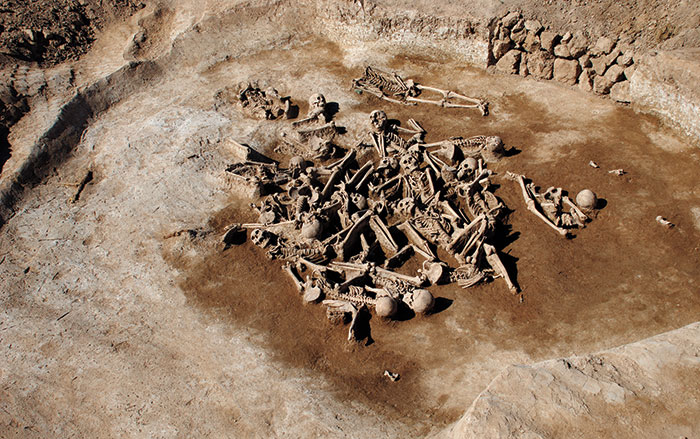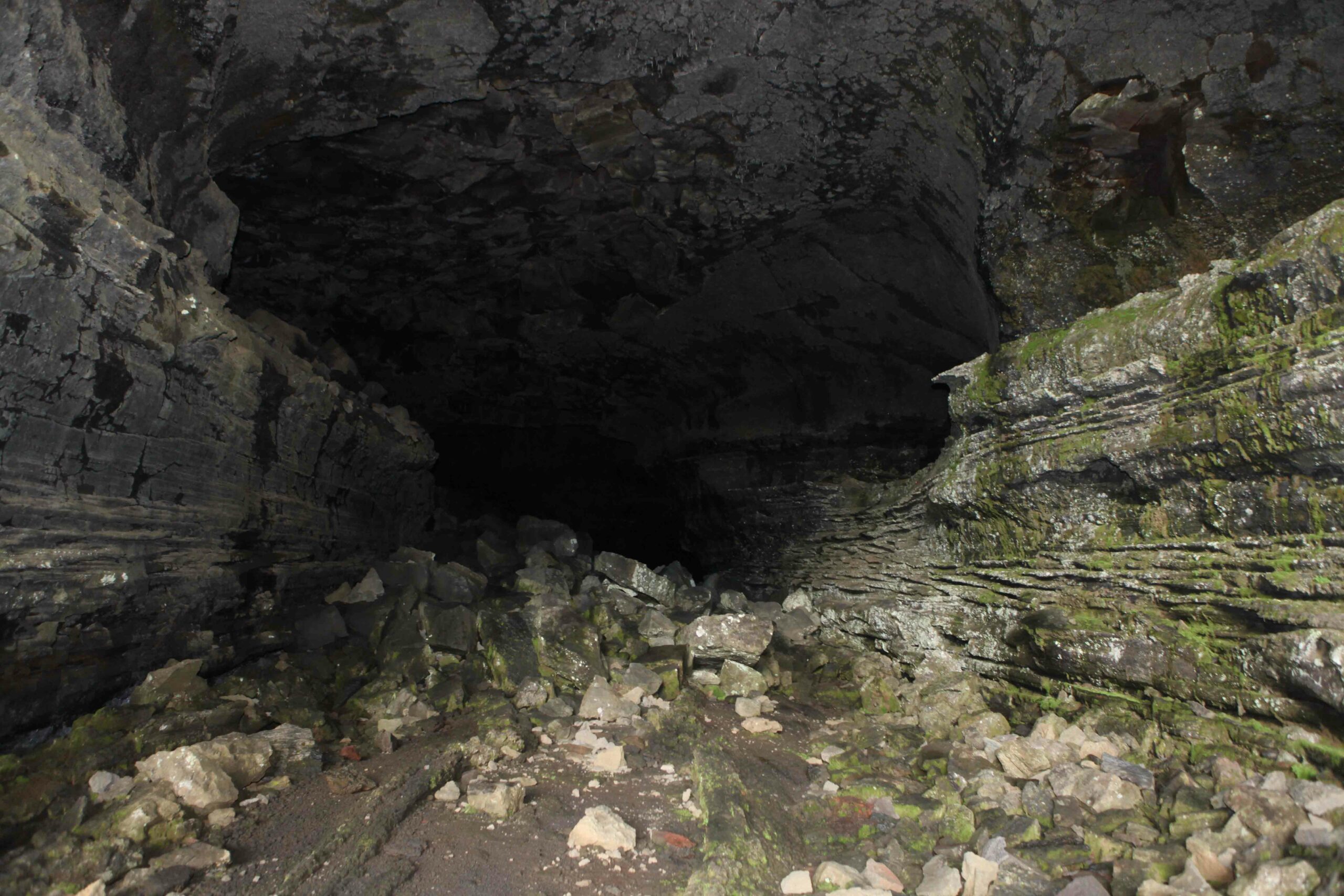CHENGDU, CHINA—Xinhua News Agency reports that archaeologists from the Chengdu Cultural Relic Research Institute have found the site of a famous temple dating from the Eastern Jin Dynasty (317‒420) to the Southern Song Dynasty (1127‒1279), in downtown Chengdu. The building, which could help scholars trace the spread of Buddhism in China, is said to have been named Fugan, or “perceive the blessing,” Temple after a Tang Dynasty (618‒907) monk prayed for rain outside the structure during a drought. “We have only excavated a part of the temple’s area, but already have a glimpse of its past glory,” said team leader Yi Li. So far, the excavators have uncovered the temple’s foundation and traces of the surrounding buildings, wells, roads, and ditches. More than 1,000 tablet fragments inscribed with Buddhist scriptures, more than 500 pieces of sculpture, and inscribed glazed tiles have been found, in addition to some 80 tombs, which date from 1600 to 256 B.C. Damaged by war, Fugan Temple is said to have fallen out of use in the thirteenth century. For more, go to “Buddhism, in the Beginning.”
Ancient Temple Discovered in Southwest China
News June 5, 2017
Recommended Articles

Digs & Discoveries September/October 2025
A Chinese Frontier Fort

Features September/October 2025
Myth of the Golden Dragon
Eclectic artifacts from tombs in northeastern China tell the story of a little-known dynasty

Features March/April 2025
Unearthing an Elusive Empire
Archaeologists have discovered rare evidence of an enlightened medieval dynasty that ruled much of Central Asia

-
Features May/June 2017
The Blackener’s Cave
Viking Age outlaws, taboo, and ritual in Iceland’s lava fields
 (Photo: Samir S. Patel)
(Photo: Samir S. Patel) -
Features May/June 2017
After the Battle
The defeat of a Scottish army at the 1650 Battle of Dunbar was just the beginning of an epic ordeal for the survivors
 (Mary Evans Picture Library / Alamy Stock Photo)
(Mary Evans Picture Library / Alamy Stock Photo) -
Letter from Greenland May/June 2017
The Ghosts of Kangeq
The race to save Greenland’s Arctic coastal heritage from a shifting climate
 (Photo: R. Fortuna, National Museum of Denmark 2016)
(Photo: R. Fortuna, National Museum of Denmark 2016) -
Artifacts May/June 2017
Maya Jade Pectoral
 (Courtesy Toledo Regional Archaeological Project, UCSD)
(Courtesy Toledo Regional Archaeological Project, UCSD)


